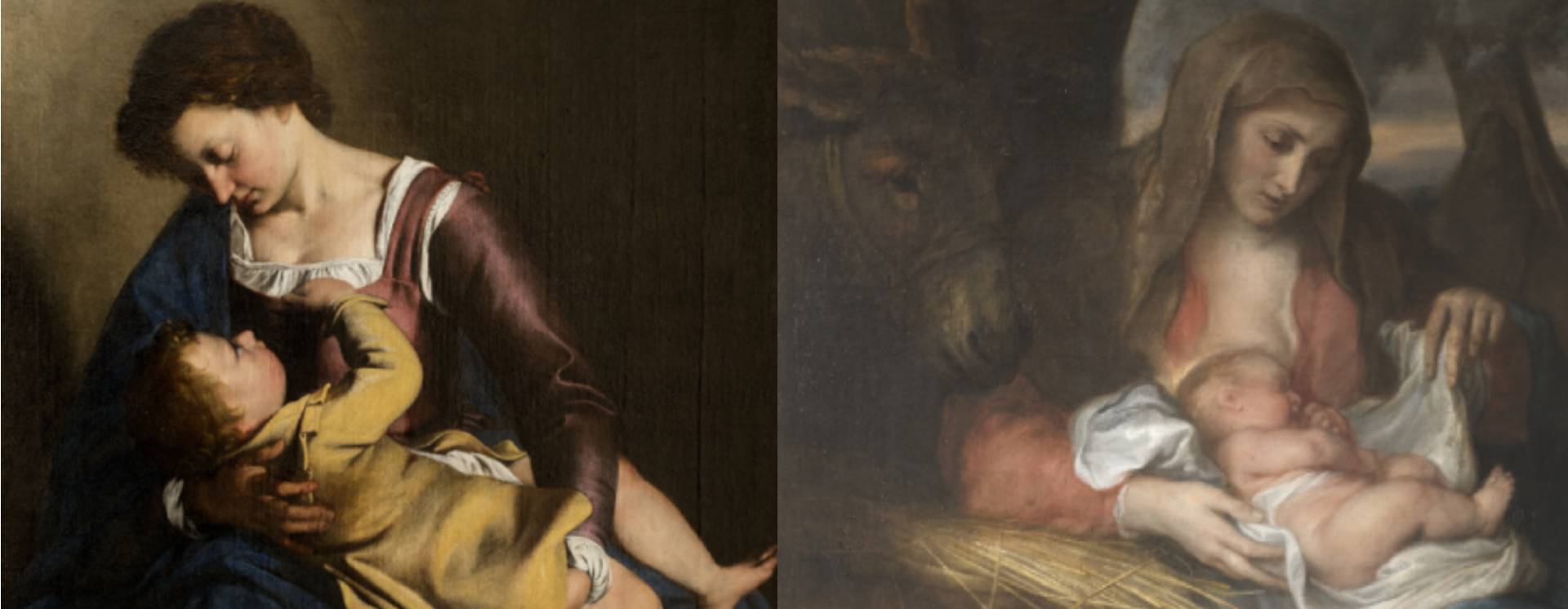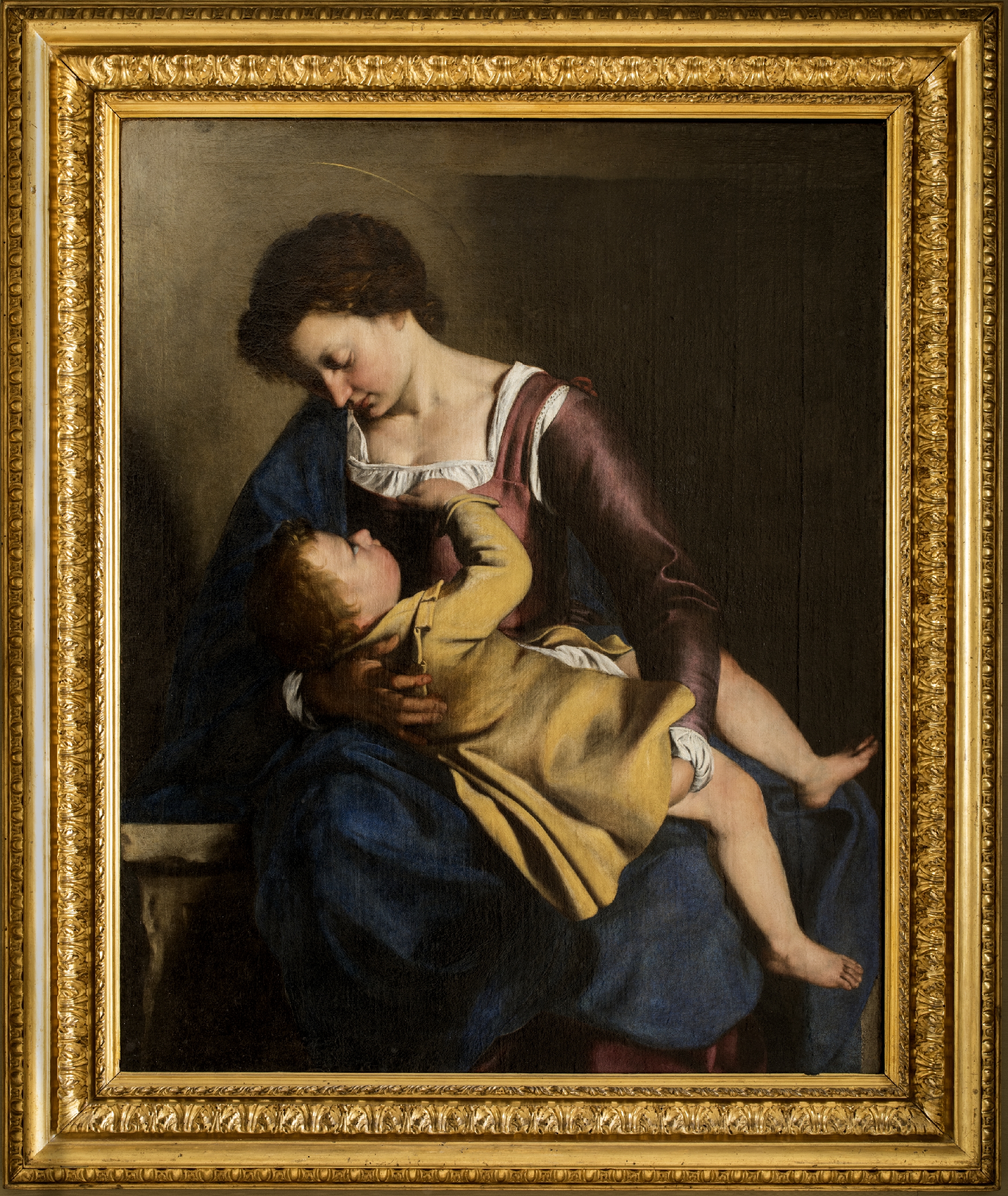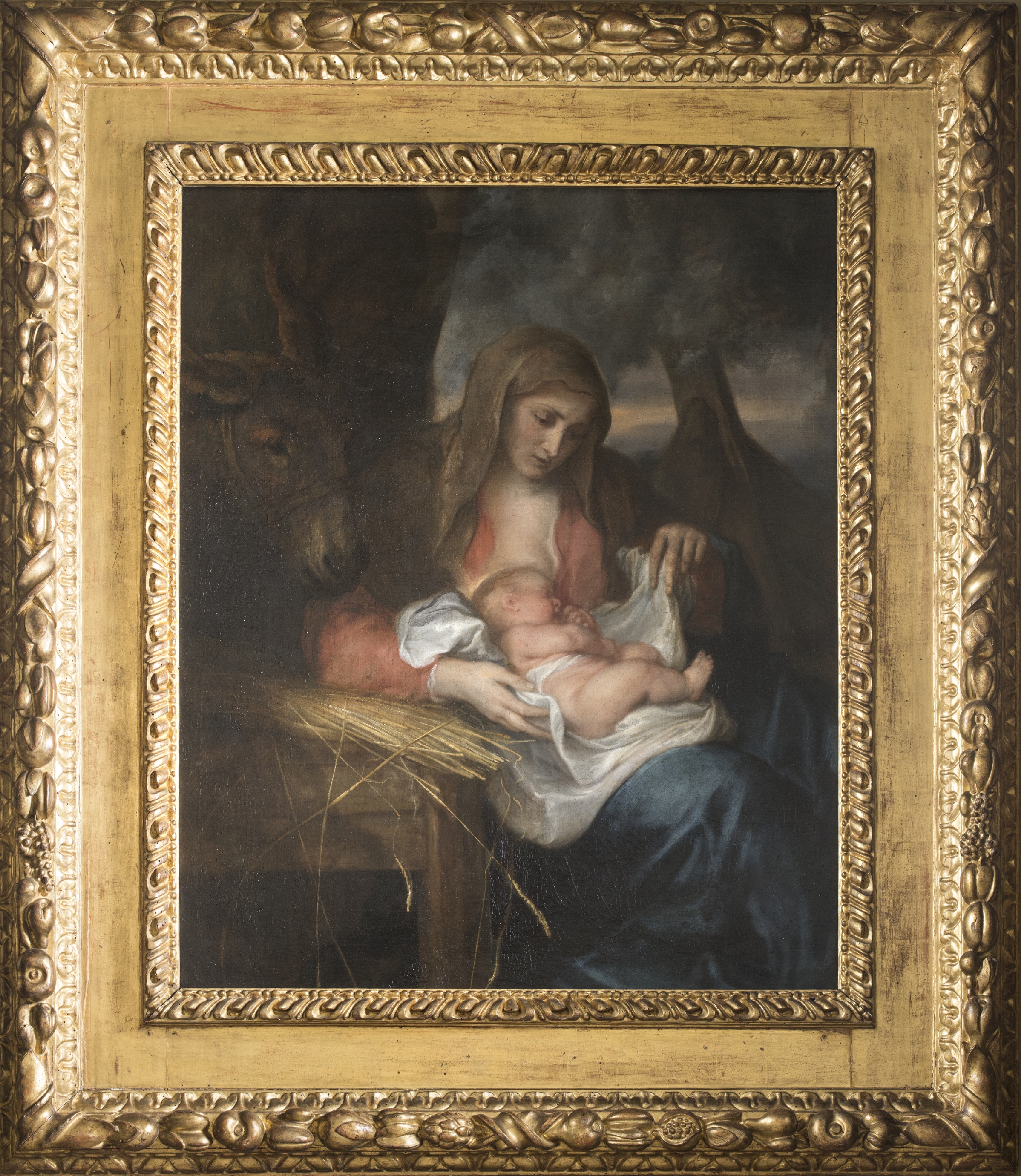"Gentileschi e Van Dyck. Due capolavori dalla collezione Corsini" in mostra a Torino
Gallerie d'Italia - Turin
From 27 November 2024 to 12 January 2025
Full price € 10, reduced € 8, special reduction € 5 for Intesa Sanpaolo Group customers and under 26; free for conventions, schools, under 18, employees of the Intesa Sanpaolo Group, first Sunday of the month
The exhibition hall is accessible for up to 10 minutes and has a maximum capacity of 10 people
As part of the programme "L'Ospite illustre" (The Illustrious Guest)
The exhibition shows two prestigious works by Orazio Gentileschi and Antoon van Dyck, both preserved at Corsini Gallery in Rome
Two Madonnas and Child. Gentileschi and Van Dyck compared
The Madonna and Child painted in Rome by Orazio gentileschi around 1610, and the Madonna of the Straw by Antoon van Dyck, painted in Genoa between 1625 and 1627, have been compared with one another in the "Galleria nobile" of Palazzo Corsini alla Lungara in Rome, the room destined to house the masterpieces selected by Cardinal Neri Maria Corsini, since the 18th century.
Approximately fifteen years separate the two paintings, which are two different interpretations of the so-called "Madonna of the Milk", a highly successful iconography that was created to tangibly visualise Mary's role as the mother of Christ.
Gentileschi's painting bears witness to the novelty of Caravaggio's revolution and of painting "from nature", which transforms the sacred theme into an intimate, everyday moment. The essence of the work lies entirely in the very human exchange of glances between the mother and her son, who reaches out his hand to pull on her robe. If it were not for the halo and the habitual red and blue colours of her robe, the Virgin could be any ordinary girl, dressed according to the Roman Fashion of the time, as could the Child in his bright yellow robe.
Van Dyck, on the other hand, following in the footsteps of the great masters of the Italian Renaissance, reinterprets the theme with a strong symbolic density, placing it in the context of the Nativity. In deference to the dictates of the Council of Trent, he avoids showing an "inappropriate" image, covering Mary's breast with the head of the sleeping child, but leaving her robe lowered to allude to her to her nursing. A series of details emphasises Christ's death and resurrection: from the Virgin's face, absorbed and melancholic, to the dark cloud that bursts into the hut, to the ears of wheat that give the painting its name and whose stalks form a cross in the foreground.
The Corsini Gallery. An 18th century picture gallery in Rome
The Corsini Gallery, one of the two branches of the Gallerie Nazionali di Arte Antica in Rome, is housed in the rooms that were once the private apartments of Cardinal Neri Maria Corsini (1685-1770), inside the large family palace in Via della Lungara in Trastevere. It is the only eighteenth-century picture gallery in Rome that has survived substantially intact to the present day, thanks to the donation made by prince Tommaso Corsini to the Italian State, which had purchased the building in 1883 to house the Accademia Nazionale dei Lincei, the Botanical Garden and the first seat of the Gallerie Nazionali.


